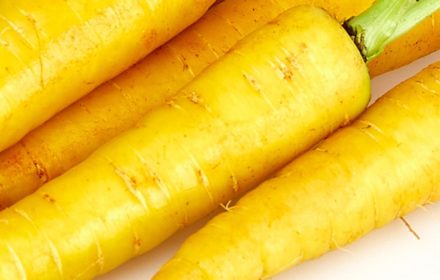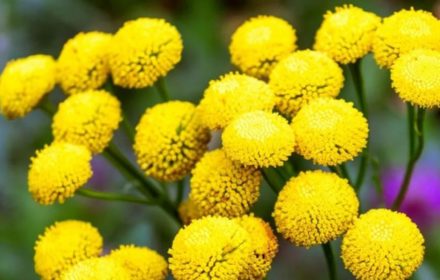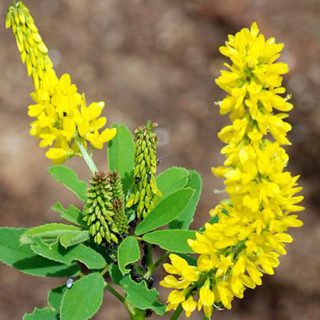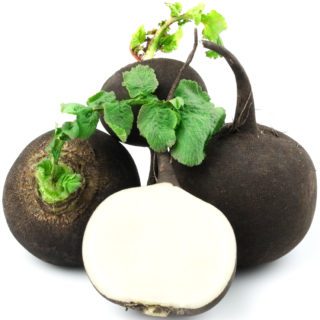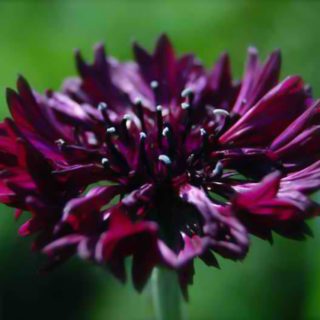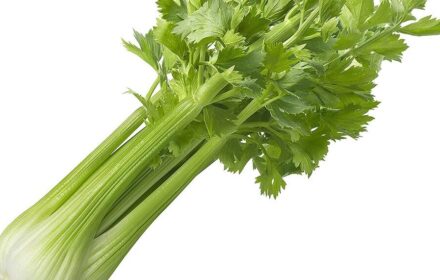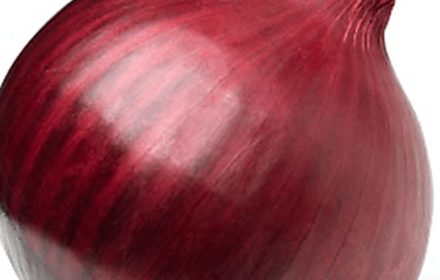How to Grow Purple Creeping Thyme from Seeds
Purple Creeping Thyme (Thymus serpyllum) is a hardy, low-growing perennial that adds a vibrant touch of colour to gardens with its stunning pastel violet and purple blooms. This evergreen plant is perfect for borders, rockeries, pathways, and containers, and its spreading nature makes it an excellent ground cover. With a height of up to 10 cm and a spread of around 30 cm, Purple Creeping Thyme produces a delightful floral scent and can even tolerate light foot traffic. Follow this guide to successfully sow and grow Purple Creeping Thyme seeds in your UK garden.
When and Where to Sow Purple Creeping Thyme Seeds
- Outdoor Sowing: Sow seeds directly outdoors from spring to early autumn (March to September). Ensure the soil is not frozen and temperatures are consistently warm. Purple Creeping Thyme thrives in well-drained soil and sunny locations.
- Indoor Sowing: For an earlier start or year-round growing, sow seeds indoors in small pots or seed trays. This is particularly useful during colder months. Use a heated propagator or a warm, sunny windowsill to maintain ideal germination conditions.
Ideal Growing Conditions for Purple Creeping Thyme
- Soil Requirements: Thyme prefers light, well-drained soil. It thrives in sandy or loamy soil with a slightly acidic to neutral pH (6.0-7.0). If your soil is heavy or clay-like, amend it with sand or grit to improve drainage.
- Sunlight: Choose a location that receives full sun. While Thyme can tolerate partial shade, it will produce the best foliage and flowering in a sunny spot with at least 6 hours of direct sunlight daily.
- Temperature: Ideal sowing temperatures are around 20°C (68°F). For outdoor sowing, wait until the risk of frost has passed and the soil has warmed up.
How to Sow Purple Creeping Thyme Seeds Outdoors
- Preparing the Soil: Before sowing, prepare the soil by removing weeds and raking it to a fine tilth. Thyme seeds are very small, so a smooth, even surface is essential for even distribution.
- Mixing with Sand: To ensure even sowing, mix the seeds with horticultural sand. This helps distribute the tiny seeds evenly and prevents overcrowding. Use a 1:1 ratio of sand to seeds for the best results.
- Sowing Depth and Method: Scatter the seed and sand mixture thinly over the prepared soil surface. Gently press the seeds into the soil but do not cover them, as they need light to germinate.
- Watering: Water gently with a fine spray to avoid washing away the seeds. Keep the soil moist but not waterlogged during the germination period.
- Germination Time: Germination can take 14-30 days, depending on temperature and conditions. Be patient and maintain consistent moisture levels without overwatering.
How to Sow Purple Creeping Thyme Seeds Indoors
- Sowing in Pots or Trays: Fill small pots or seed trays with a fine-grade seed compost. Scatter the seeds evenly on the surface and lightly press them into the compost. Do not cover them, as they need light to germinate.
- Using a Propagator: Place the pots or trays in a heated propagator set to around 20°C (68°F). If you don’t have a propagator, cover the pots with a clear plastic lid or cling film to create a mini greenhouse effect. This helps retain moisture and warmth.
- Light and Moisture: Place the pots in a bright location, such as a sunny windowsill. Keep the compost consistently moist but not soggy. If the compost starts to dry out, mist lightly to maintain humidity.
- Germination Period: Germination can take up to 30 days. Once seedlings emerge, remove the cover and allow them to grow on in a well-lit area for another 1-2 weeks.
- Transplanting: When seedlings are large enough to handle, usually after 2-3 sets of true leaves, transplant them into individual pots to grow on. Allow them to develop strong roots before planting out.
Hardening Off and Planting Out
- Hardening Off: Before transplanting outdoors, harden off the seedlings by placing them outside for a few hours each day. Gradually increase the time over a week to acclimatise them to outdoor conditions.
- Planting Out: Plant the seedlings in their final positions, spacing them about 25-30 cm (10-12 inches) apart. Choose a sunny spot with well-drained soil. If planting in containers, ensure there is good drainage and use a gritty compost mix.
- Watering and Mulching: Water the plants in well after transplanting. Apply a thin layer of mulch around the base of the plants to retain soil moisture and suppress weeds, but avoid covering the crown.
Caring for Purple Creeping Thyme Plants
- Watering: Once established, Purple Creeping Thyme is drought-tolerant and requires minimal watering. Water only during prolonged dry periods, and avoid waterlogging the soil, as this can cause root rot.
- Feeding: Thyme generally does not require much feeding. If the soil is poor, apply a balanced liquid fertiliser in spring to promote healthy growth. Avoid over-fertilising, as this can reduce the aromatic quality of the leaves.
- Pruning and Maintenance: Trim back the plants lightly after flowering to maintain a neat shape and encourage new growth. Regular pruning also helps prevent the plants from becoming woody and promotes a dense, spreading habit.
- Overwintering: In colder regions, protect the plants with a layer of mulch or a cloche during severe winter weather to prevent frost damage. Purple Creeping Thyme is evergreen and hardy, but young plants may need some protection.
Using Purple Creeping Thyme in the Garden
- Ground Cover: Use Purple Creeping Thyme as a low-maintenance ground cover in rockeries, borders, and between paving stones. It can tolerate light foot traffic, making it ideal for filling gaps in pathways.
- Containers and Hanging Baskets: Plant Thyme in containers, window boxes, or hanging baskets for a cascading effect. Its trailing habit and aromatic foliage add interest and fragrance to any outdoor space.
- Companion Planting: Thyme can be planted alongside other herbs like rosemary, oregano, and sage. It not only looks attractive but also helps deter pests from nearby plants.
Common Issues and Tips for Growing Creeping Thyme
- Slow Germination: Creeping Thyme seeds can be slow to germinate. Be patient and keep the soil consistently moist and warm. Avoid covering the seeds too deeply, as this can inhibit germination.
- Pest Control: Thyme is generally pest-resistant, but young plants may be vulnerable to slugs and snails. Use organic deterrents like crushed eggshells or copper tape around pots and containers to protect seedlings.
- Preventing Root Rot: Ensure the soil is well-drained and avoid overwatering, especially during the winter months. Waterlogged soil can lead to root rot and fungal diseases.
Common Questions About Growing Purple Creeping Thyme
- Can Purple Creeping Thyme be grown indoors? Yes, Purple Creeping Thyme can be grown indoors in containers. Place it in a bright, sunny spot, such as a windowsill, and ensure the soil is well-drained. Water sparingly, allowing the soil to dry out slightly between waterings.
- How do I use Creeping Thyme in cooking? Creeping Thyme can be used fresh or dried in a variety of dishes, including soups, stews, and marinades. The aromatic leaves add a subtle, earthy flavour to savoury recipes.
- How long does Creeping Thyme take to establish? Creeping Thyme can take a full growing season to establish a dense, spreading mat. Be patient, and avoid disturbing the plants once they are in place to allow them to develop strong roots.
By following these steps, you can enjoy a vibrant carpet of Purple Creeping Thyme in your garden. Its delicate blooms, aromatic foliage, and low-maintenance care make it a versatile and beautiful addition to any outdoor space.



